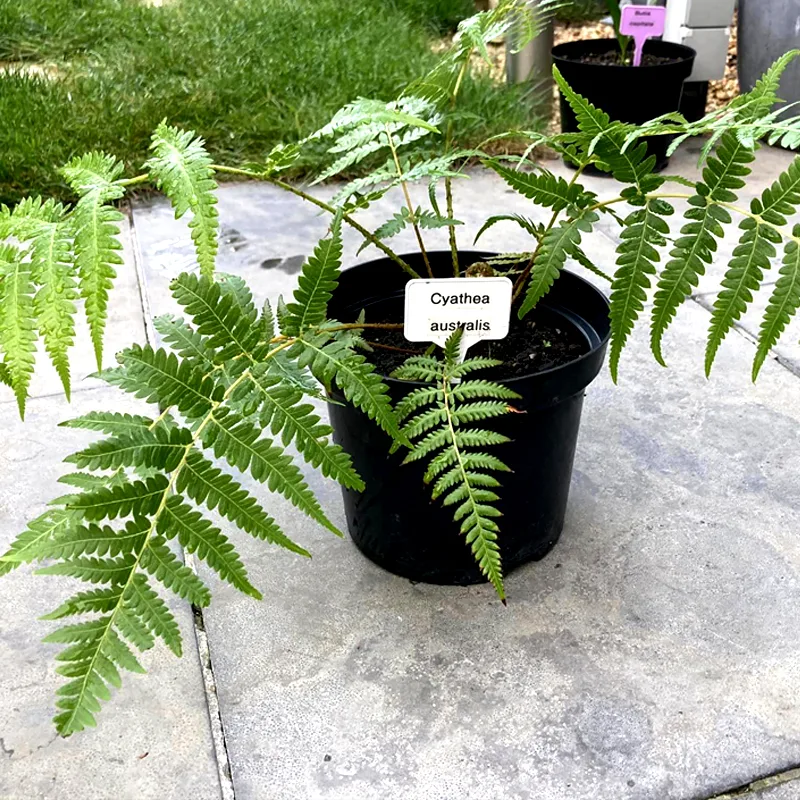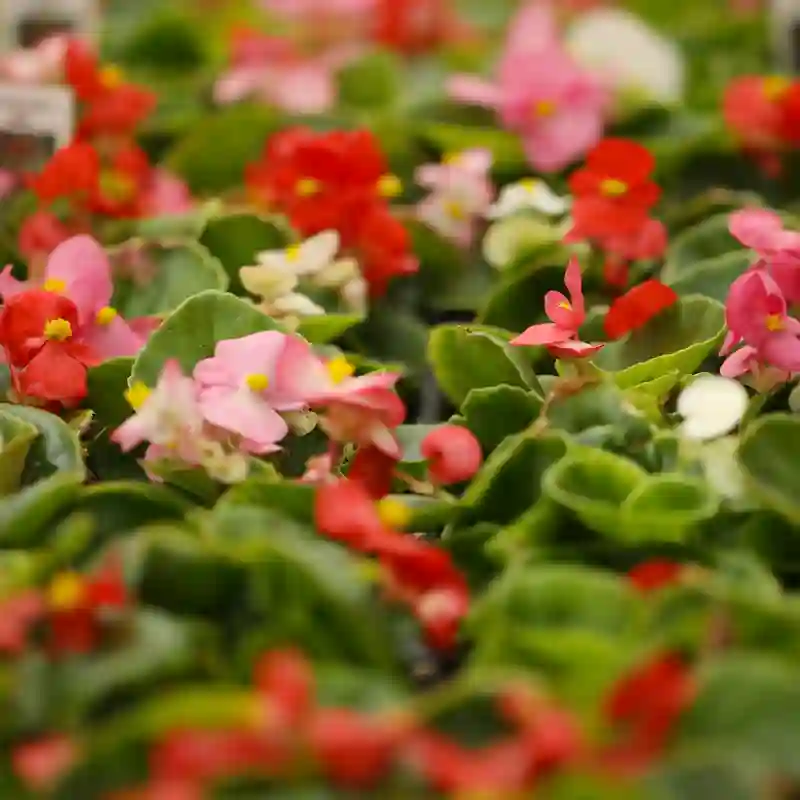What is Griffonia?
As a plant enthusiast, I’m always eager to learn about new and interesting species. Recently, I’ve become fascinated by the genus Griffonia, a group of flowering plants native to Central Africa. These plants belong to the legume family, Fabaceae, and are known for their unique properties and potential health benefits.
Griffonia species
Griffonia is a relatively small genus, with only 4 recognized species:
- Griffonia physocarpa is a striking perennial shrub or small tree known for its rounded, balloon-like seed pods, which stand out against its deep green foliage. Native to tropical Africa, particularly in regions like Ghana and Togo, this plant is often used in traditional medicine and is believed to have healing properties. The seeds are rich in 5-HTP (5-hydroxytryptophan), a compound that can aid in mood and sleep regulation. G. physocarpa thrives in humid, forested environments and is both an ornamental plant and a medicinal resource.
- Griffonia simplicifolia is best known for its seed’s high 5-HTP content, which has made it popular as a natural supplement for enhancing serotonin levels and supporting mood balance. Native to West Africa, this climbing shrub grows along forest edges and in open fields. The flowers are greenish-yellow, small, and inconspicuous, but the plant’s seed pods draw the most attention due to their pharmaceutical applications. The plant is significant in African traditional medicine and has also gained global interest as a source of natural 5-HTP for mental wellness. Plant FAQs: Griffonia Simplicifolia
- Griffonia speciosa is a less commonly discussed member of the Griffonia genus but shares similarities in its native habitat and general growth habits with other Griffonia species. Found in tropical African forests, it is a small tree or shrub with foliage that can adapt to various light levels in the understory. While not as widely studied for its phytochemicals, it has been recognized locally for potential health uses. G. speciosa thrives in the shaded, moist environments of the African forest, making it an important component of its native ecosystem.
- Griffonia tessmannii is a rare shrub or small tree that inhabits the forests of Central and West Africa, with distinct features that make it ideal for shaded, moist habitats. The plant has yet to be extensively studied for medicinal compounds, but it contributes to the rich diversity of African flora with its adaptability to forest conditions. As a lesser-known Griffonia species, G. tessmannii is valued for its ecological role in the African rainforest and is occasionally utilized in traditional practices among local communities.
The Importance of 5-HTP
5-HTP is a naturally occurring amino acid that’s a precursor to serotonin, a neurotransmitter that plays a crucial role in mood regulation, sleep, and appetite. Because of its connection to serotonin, 5-HTP has been investigated for its potential to alleviate symptoms of depression, anxiety, and insomnia. Some studies suggest that 5-HTP may also help with weight loss, fibromyalgia, and migraines.
Traditional Uses of Griffonia
In traditional African medicine, Griffonia simplicifolia has been used for centuries to treat a variety of ailments. The leaves, roots, and seeds have been used to address issues such as:
- Depression
- Anxiety
- Insomnia
- Pain
- Inflammation
- Wound healing
Modern Research and Potential Benefits
While more research is needed to fully understand the effects of Griffonia and 5-HTP, preliminary studies have shown promising results. Some of the potential benefits being investigated include:
- Mood Enhancement: 5-HTP may help improve mood and reduce symptoms of depression and anxiety.
- Sleep Improvement: 5-HTP may help regulate sleep patterns and improve sleep quality.
- Appetite Control: 5-HTP may help reduce appetite and promote weight loss.
- Pain Management: 5-HTP may help reduce pain associated with conditions like fibromyalgia and migraines.
Considerations and Precautions
While Griffonia simplicifolia shows potential for various health benefits, it’s essential to exercise caution and consult with a healthcare professional before using it, especially if you’re pregnant, breastfeeding, or taking other medications. Some potential side effects of 5-HTP include nausea, vomiting, and diarrhea.
The Future of Griffonia Research
As research continues, we may discover even more about the potential benefits and applications of Griffonia. This fascinating genus of plants offers a glimpse into the power of nature and its potential to improve our well-being. I’m excited to see what future research reveals about this promising botanical resource.
If i die, water my plants!



